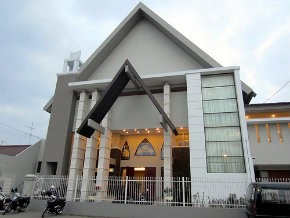The clash that wasn’t

I’m often struck by the chasm between the significance of a country and the attention it receives in Western media. One classic example is Indonesia, a country in every sense writ large. With 250 million people, it is by far the world’s largest Muslim nation. In fact, it has about as many Muslims as all the Arab Middle East countries combined. Yet few indeed are the nonspecialist Americans who could tell you the slightest thing about the country.
Partly, this ignorance is a matter of history. With its Dutch heritage, the country (the old Dutch East Indies) never made as much impression on the English-speaking world as did, say, India. And in recent years, Indonesia has been blessed by a tranquillity that has kept it out of global headlines. Contrary to familiar generalizations about Islam, this huge Muslim country is a functioning democracy that rarely sees the kind of chaos that so regularly makes headlines in Pakistan or Nigeria. With a trillion dollar economy—larger than Australia’s—it is also increasingly prosperous. Also, amazingly, its flourishing Christian minority is enjoying an era of rapid growth.
Nobody can pretend that Indonesia is a monument to peace and tolerance. Historically, the country is no stranger to mass violence. Its war of independence in the 1940s was a savage racial conflict, and an anticommunist purge in 1965–66 claimed half a million lives. But both those spasms were driven by secular nationalism rather than religion.





